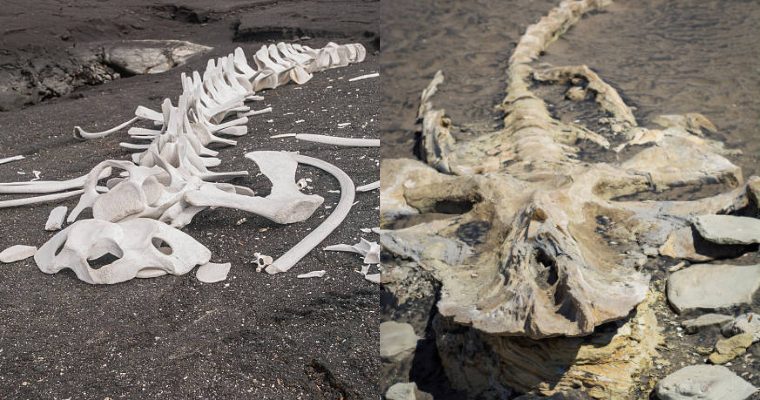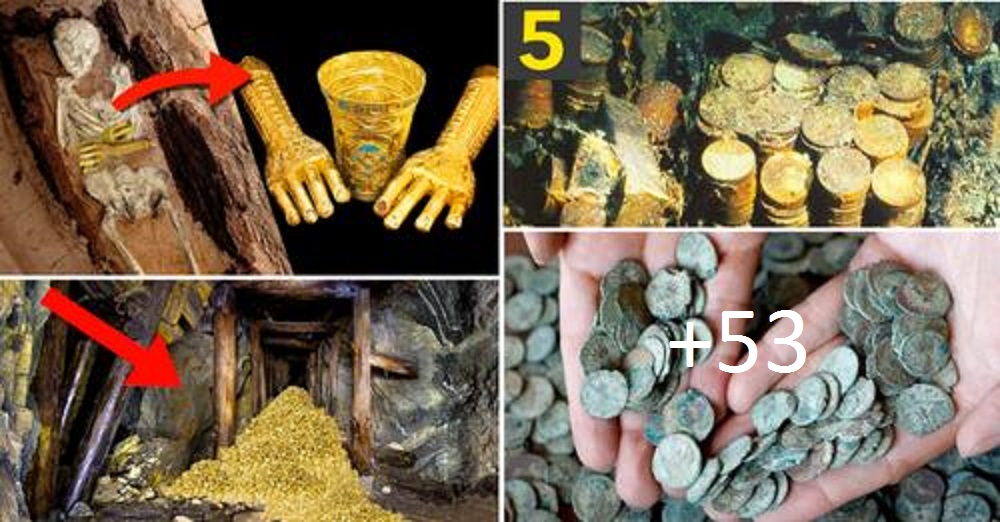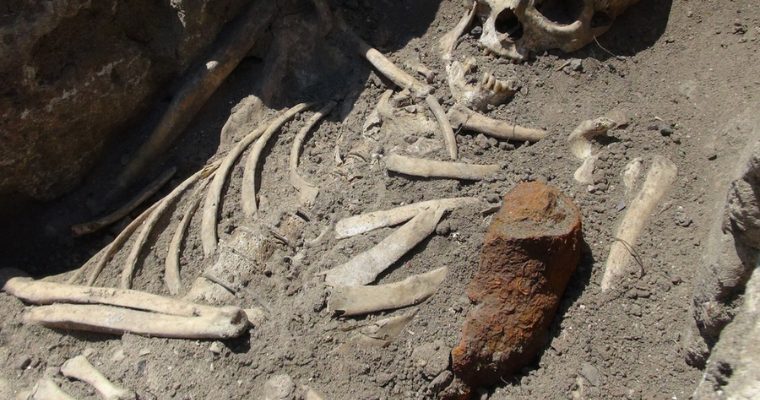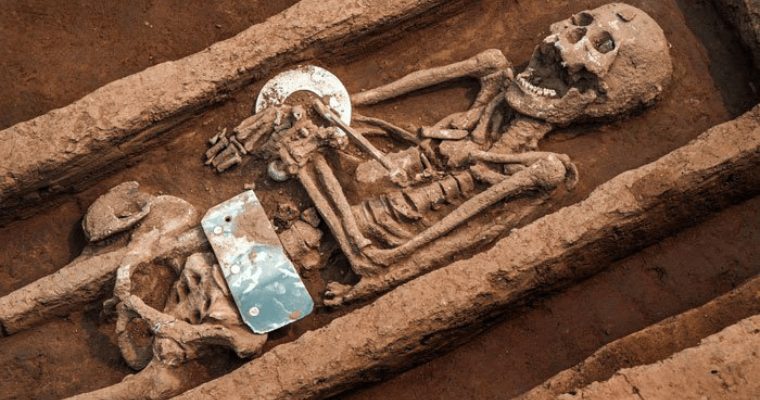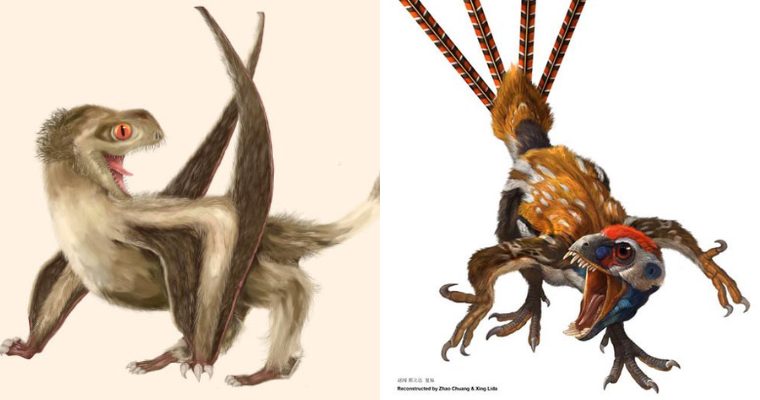Paleontologists from the United States and Canada have described a new species of dinosaur named Albertadromeus syntarsus, the smallest herbivorous dinosaur known from Canada.

Life reconstruction of Albertadromeus syntarsus (Julius T. Csotonyi)
Albertadromeus syntarsus lived in what is now southern Alberta in the Late Cretaceous about 77 million years ago. It was identified from a partial hind leg, and other skeletal elements, that indicate it was a speedy runner. The creature was about 5 feet (1.6 m) long and weighed 30 lbs (16 kg), comparable to a large turkey.
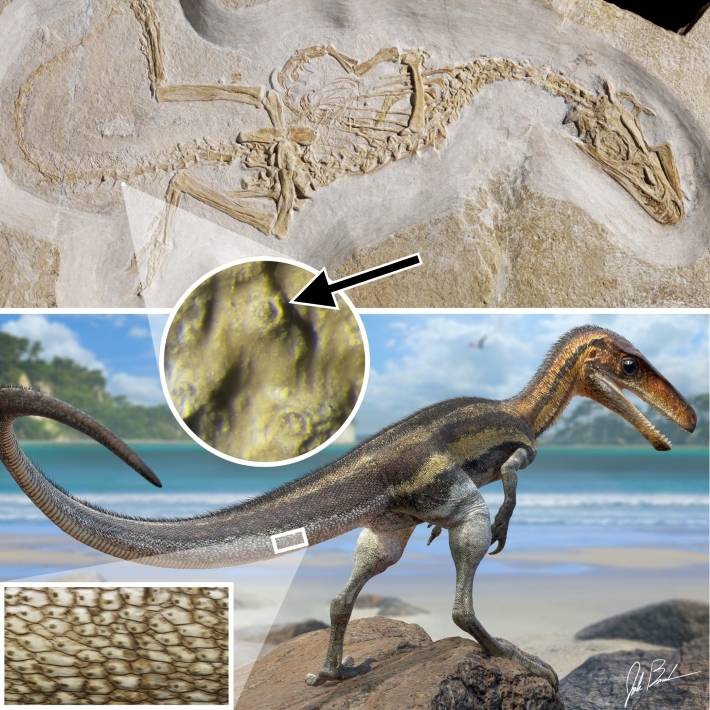
Albertadromeus syntarsus means ‘Alberta runner with fused foot bones.’ Unlike its much larger ornithopod cousins, the duckbilled dinosaurs, its two fused lower leg bones would have made it a fast, agile two-legged runner.
This species is the smallest known plant-eating dinosaur in its ecosystem, and the team hypothesizes that it used its speed to avoid predation by the many species of meat-eating dinosaurs that lived at the same time.
:max_bytes(150000):strip_icc()/uteodonWC-58b9a3443df78c353c1108ac.jpg)
“The known dinosaur diversity of the Late Cretaceous of North America is dominated by large bodied plant-eating dinosaurs. Why are so few small-bodied dinosaurs known from the region some 77 million years ago? Smaller animals are less likely to be preserved than larger ones, because their bones are more delicate and are often destroyed before being fossilized.”
“We know from our previous research that there are preservational biases against the bones of these small dinosaurs,” explained Dr Caleb Brown of the University of Toronto, lead author of a paper published in the Journal of Vertebrate Paleontology.
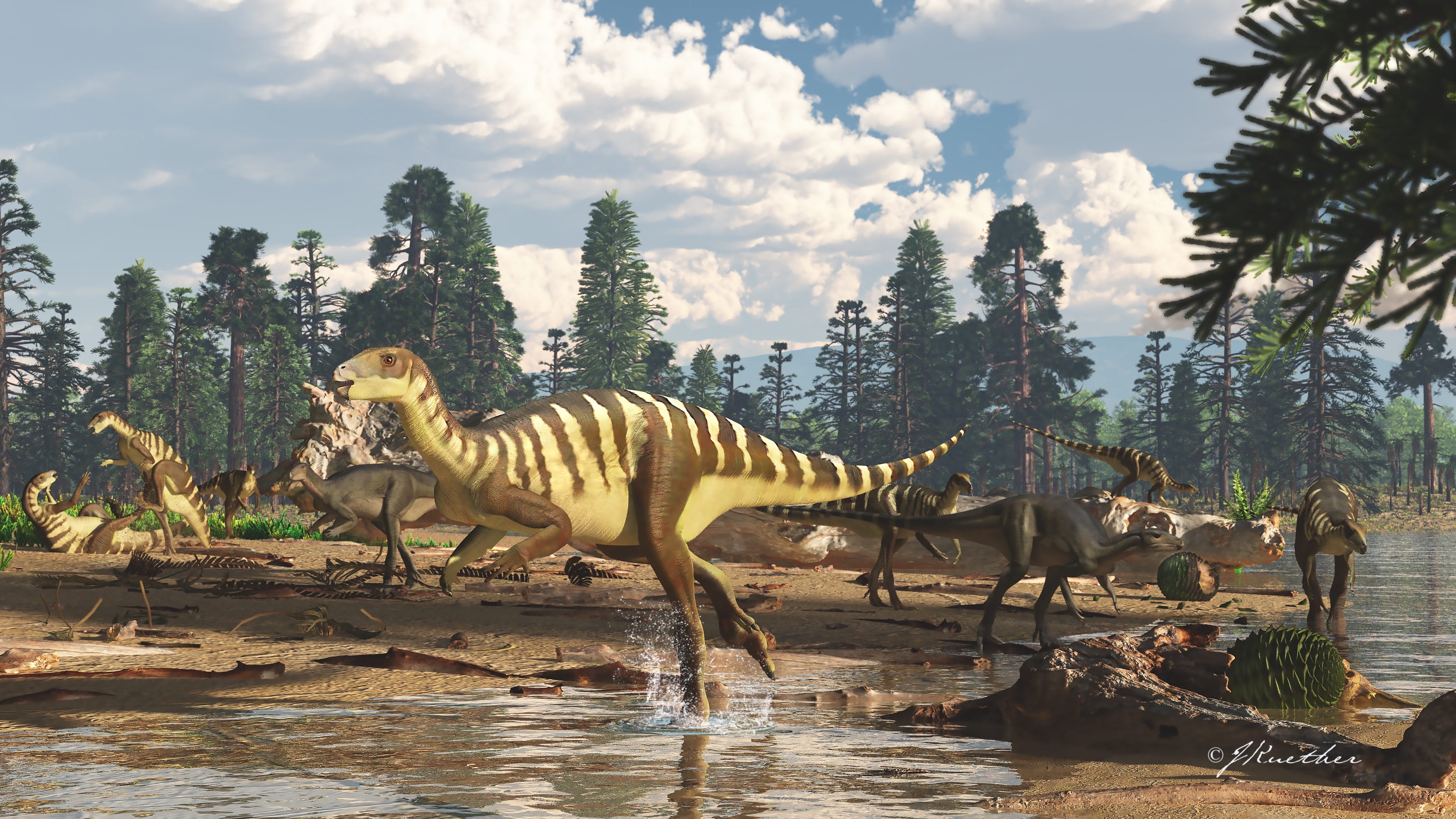
“We are now starting to uncover this hidden diversity, and although skeletons of these small ornithopods are both rare and fragmentary, our study shows that these dinosaurs were more abundant in their ecosystems than previously thought.”

Photograph and interpretive drawing of the lower jaw, as well as a complete tooth, of one of the small ornithopods described in the study; human for scale (C. Brown)
“Albertadromeus may have been close to the bottom of the dinosaur food chain but without dinosaurs like it you’d not have giants like T. rex. Our understanding of the structure of dinosaur ecosystems is dependent on the fossils that have been preserved. Fragmentary, but important, specimens like that of Albertadromeus suggest that we are only beginning to understand the shape of dinosaur diversity and the structure of their communities,” said co-author Dr Michael Ryan of the Cleveland Museum of Natural History.
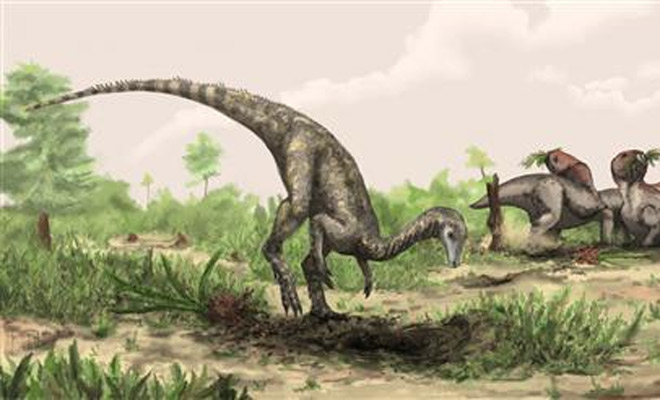
“You can imagine such small dinosaurs filling the niche of animals such as rabbits and being major, but relatively inconspicuous, members of their ecological community,” concluded senior author Dr Anthony Russell of the University of Calgary.
Source: sci.news



